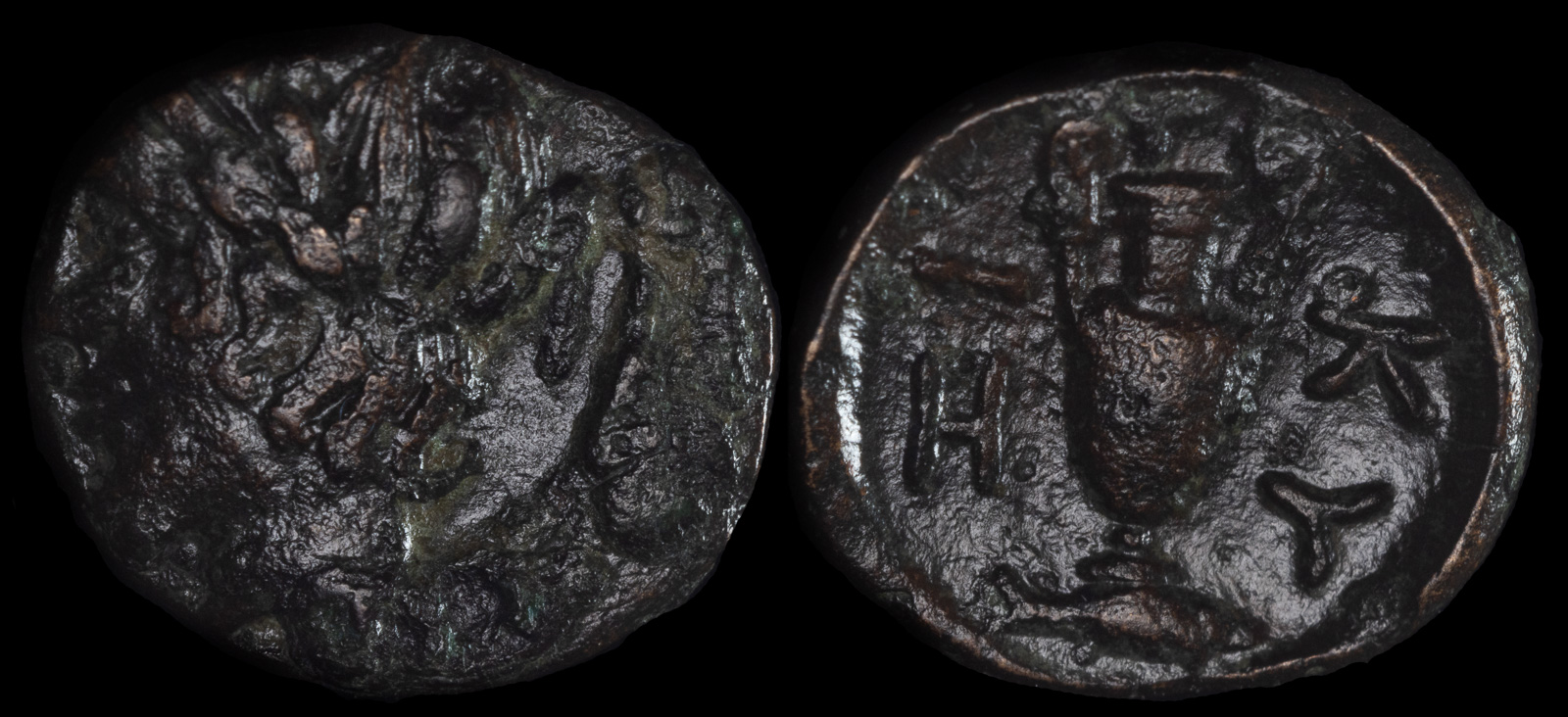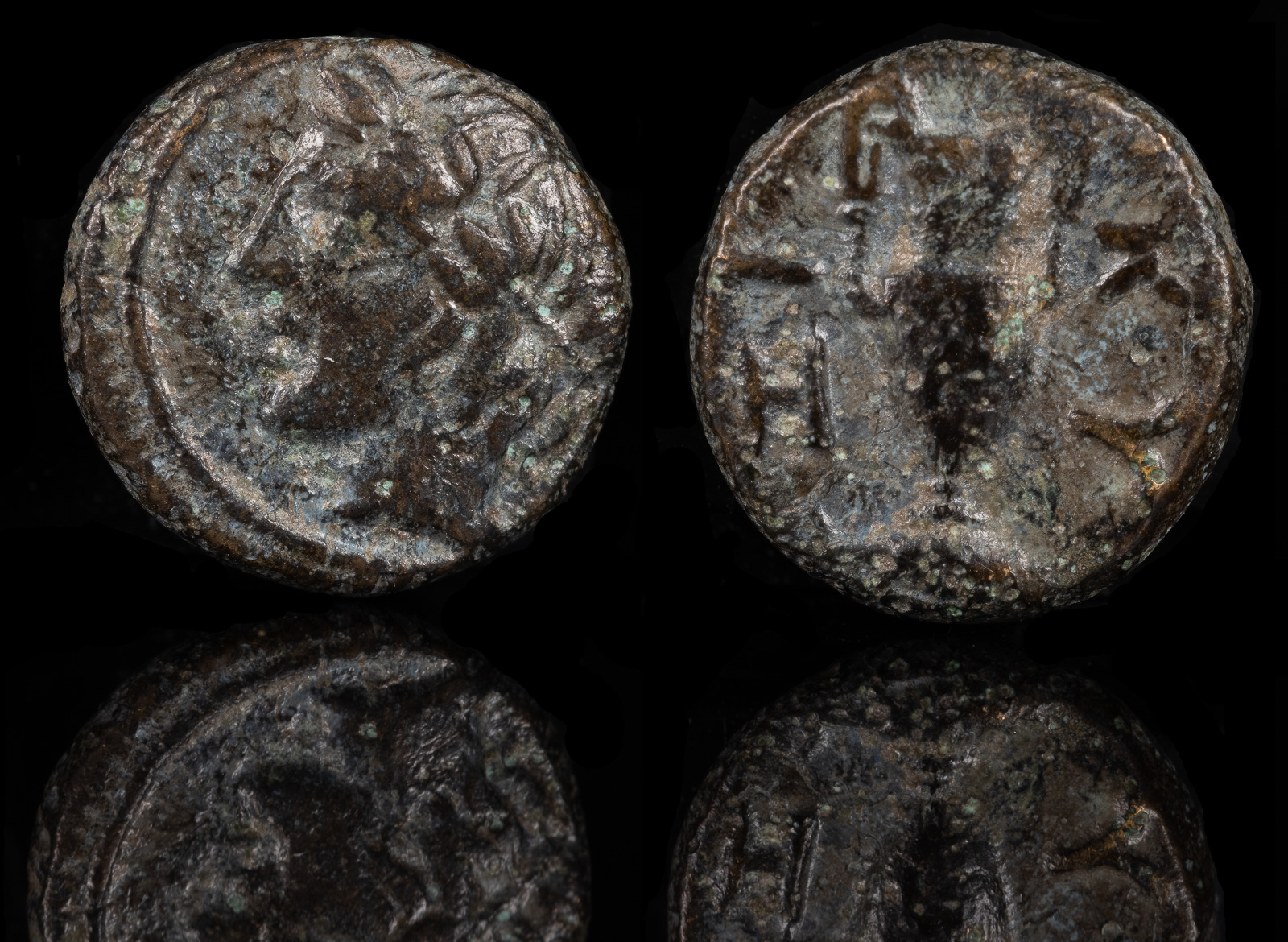Tunny
View All Tags
In Greek mythology, the tunny was associated with the god Poseidon, the ruler of the seas. As a symbol of the sea’s riches, it was linked to the bounty of the ocean and the divine favor that granted prosperous catches. The tunny was also thought to represent strength and endurance, qualities that were admired by the ancient Greeks and reflected in the way they portrayed marine life in their art and literature. The fish’s large size and fast movements made it a fitting symbol of the untamed and powerful forces of nature that Poseidon controlled.
In practical terms, the tunny was a critical part of the ancient Greek diet, especially in coastal communities where fishing was a primary industry. Tunny fishing required skill, as it involved large-scale operations with specialized boats and equipment. Tunny fisheries were vital to many Greek cities, such as Miletus and Cyzicus, which became known for their abundance of fish. The fish was not only consumed fresh but was also preserved through salting and pickling, allowing it to be stored and transported over long distances. This preservation technique made tunny an essential trade item, contributing to the economy of Greek ports and cities.
Moreover, the tunny played a role in Greek rituals and religious practices. It was often featured in offerings to the gods, particularly in ceremonies honoring Poseidon. Its presence in the symbolic art of the Greeks—seen in pottery and sculptures—further underscored its cultural and religious significance. The fish was also depicted in the context of athletic competitions and games, where it might appear on coinage or in victory dedications, highlighting the Greeks’ reverence for the ocean and its creatures.

Mysia, Kyzikos
circa 350-300 BCE
Æ 10mm, 0,69g
Laureate head of Apollo left /
KY-Z (like H) I Amphora; tunny below
Von Fritze, Nomisma X, Kyzikos, Gruppe I-2, Tafel I-3; SNG Copenhagen 57

Mysia, Kyzikos
c. 4th century BCE
Æ 8mm, 0.88g, 9h
Laureate head of Apollo l.
R/ Amphora; below, tunny r.
Von Fritze III 2; SNG BnF 411; SNG Copenhagen 57

Mysia. Miletopolis
circa 400-300 BCE
Æ 11 mm, 1,23 g
Obv: Laureate head of Apollo right; below, tunny right
Rev: MIΛH . Bull advancing left.
SNG von Aulock 7412.